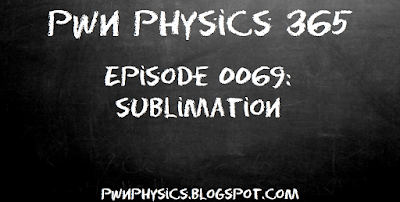Download this episode (right click and save)

The wonderful day is finally here! We've come a long way and are finally finished with how to handle vectors. Let's wrap up by going through a tour of the new app. The first thing you will come across is the welcome screen, and then the main menu which will direct you through everything you need for your introduction to vectors.
The first place you want to start is answering the question "What's a Vector?" Tap this to enter the what's a vector menu. You can then get detailed explanations for the following: What's a Vector?, Magnitude, Direction, ijkijk (a cool trick for unit vectors), the right hand rule, and a method for vector addition and subtraction.
Now that we're initiated on what a vector is, next we dive into the anatomy of a vector. Shown is a vector on a cartesian coordinates axis with 9 different parts of the anatomy, with detailed explanations.
Now that you understand what a vector is exactly, next we go into how to do dot and cross products, as simple step-by-step procedures, and then examples of addition, subtraction, dot and cross products!
Finally, we test your knowledge with a flash card review. We test the ijkijk concept, vector anatomy, and vector addition, subtraction, dot and cross products.
As if vectors wasn't enough, we then encourage you to go beyond, check out the podcasts for deeper resources, interact with the team by giving comments and ideas, as well as seeing other apps that are available!
So, that is a quick tour of the Vectors app, and will serve to wrap up the section. Be sure to check out the app in the store by clicking the link at the top or bottom of the page. Good luck!















































